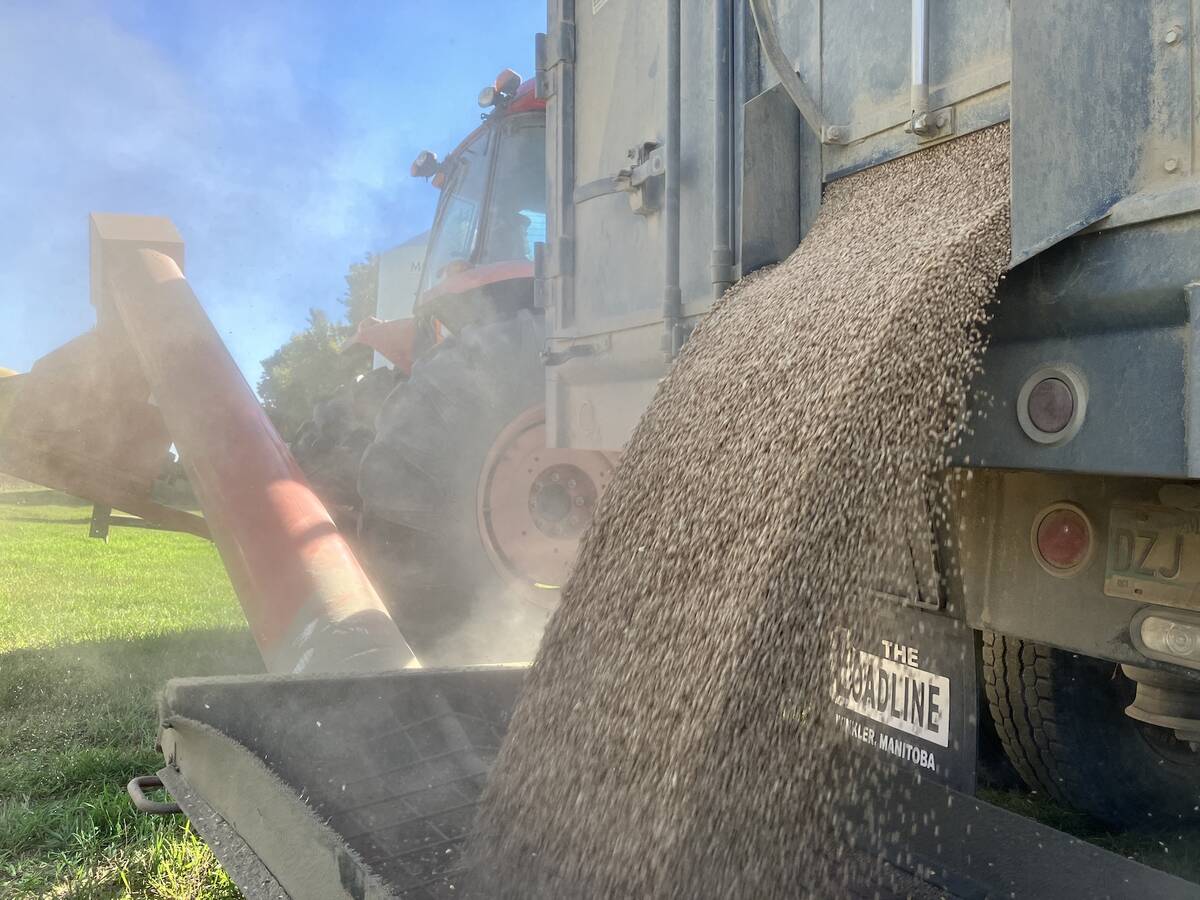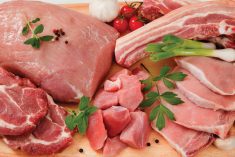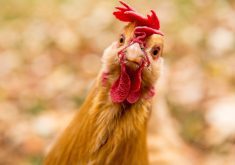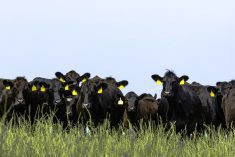Reuters – Tyson Foods took a “hit in the mouth” as larger-than-expected beef and pork supplies weakened demand for its chicken, executives said February 6, as the meatpacker missed Wall Street estimates for quarterly profit.
The company’s primary markets — beef, pork and chicken — went the opposite direction from what executives had planned and they were left surprised by how much meat was available in the United States.
The results show Tyson’s struggle to forecast demand for meat in a high-inflation environment and as the availability of beef changes rapidly while drought in the western United States drives ranchers to reduce cattle herds by sending more animals to slaughter.
Read Also

Riding market swings can add farm profit
Regular price trends in the grain market can help farmers pinpoint how and when to sell their grain with more confidence, analyst says
Tyson also grappled with larger-than-expected supplies of chicken as the worst-ever U.S. outbreak of bird flu triggered export restrictions, resulting in more poultry available domestically, the company said.
“We got hit in the mouth in Q1 because of all the protein on the market,” Chief Executive Officer Donnie King told analysts on a call.
Tyson began planning in August to meet strong demand for chicken at supermarkets in November and December, King said. Meatpacking executives thought chicken would need to fill an expected gap in overall meat supplies caused by reduced beef and pork production, he said.
Their forecasts were wrong, though. Beef production was surprisingly high, leaving Tyson to resell excess chicken at a discount and spend money moving it, King said.
In January, Tyson said Wes Morris would replace David Bray as president of its poultry business.















